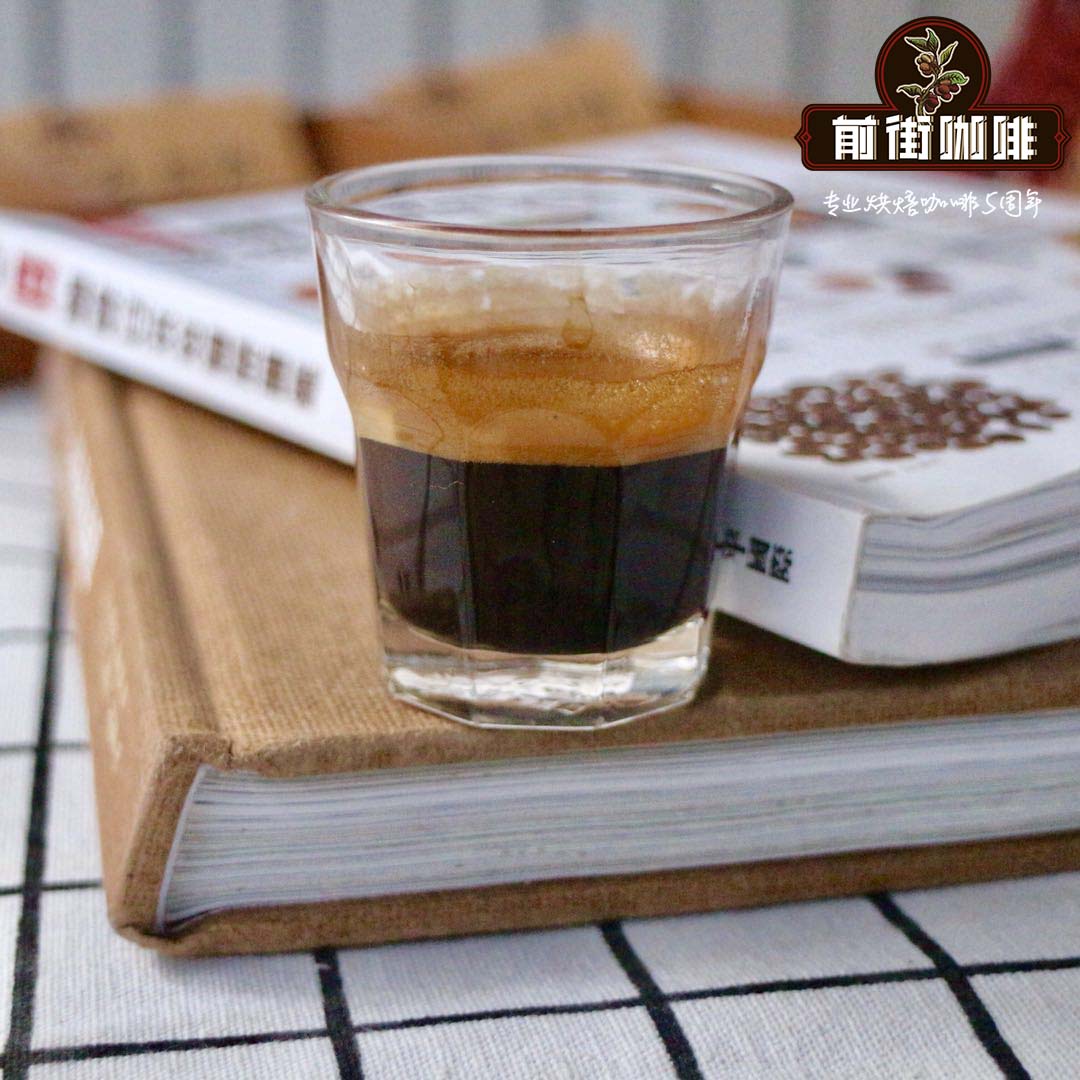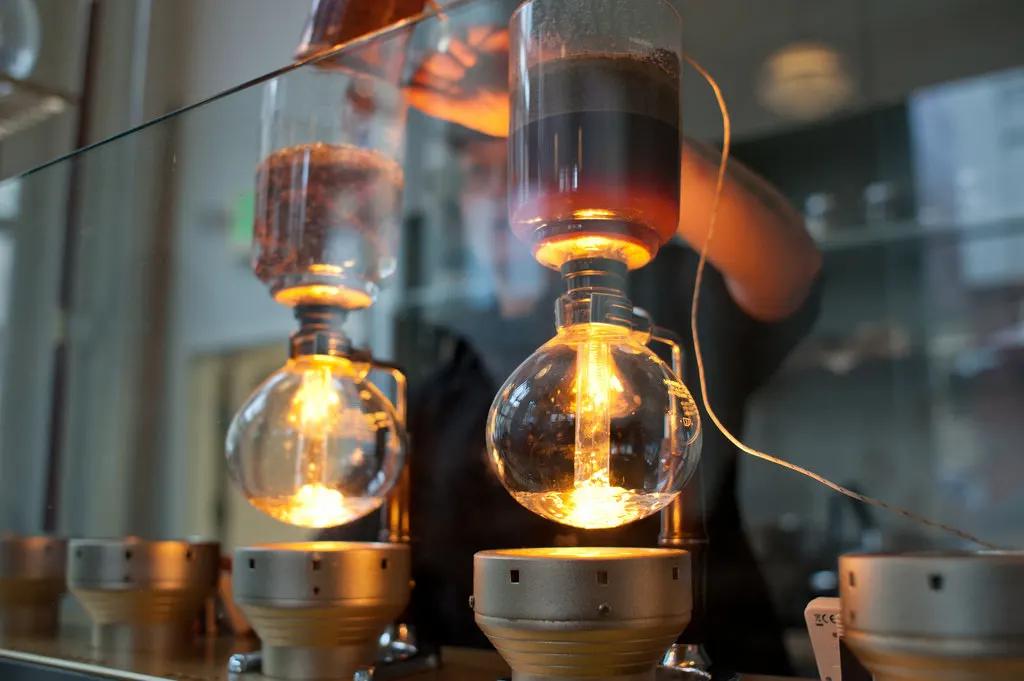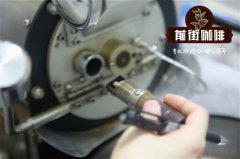Grinding has a great influence on the flavor of coffee. Can we investigate the grinding degree in the form of "numbers"?

Does the main factor affecting coffee flavor really come from grinding degree?
If you want to learn coffee, the first step you can't avoid is Italian concentrate (Espresso) extraction. We have heard that a perfect Espresso should have rich aroma, satisfactory body, clean and balanced taste and so on.
We have also heard that in order to make a perfect Espresso, we need to consider a series of variables, such as grinding degree, powder quantity, number of milliliters, extraction pressure, water temperature, extraction time, powder pressure and so on.
The flavor of coffee is extracted in the order of sour, sweet, bitter and astringent. This means that by controlling the degree of extraction, you can control the amount of each substance being extracted, in other words, you can determine the taste of the coffee.
This is the basic goal of creating a brewing formula, whether it's Espresso or brewing coffee. The degree of grinding is one of the keys.
The thickness of the coffee beans determines how quickly the substance in the coffee can dissolve into the water. Because, for the same beans, the contact area between coffee powder and water under fine grinding is larger than that under rough grinding.
For example, white sugar dissolves faster than granulated sugar, and fine coffee powder dissolves faster than coarse coffee powder, so grindness is one of the biggest factors affecting the flavor of coffee brewing. At the same time, the larger the surface area of coffee powder in contact with water, the more flavor substances will be extracted. The degree of grinding is a powerful tool that can affect the flavor of coffee in complex ways. Mastering the effect of the degree of grinding on the extraction in the form of "quantity" will be difficult to find the right degree of grinding, but to test, taste, and record each change, changing only one variable at a time until you get a cup of delicious coffee that is satisfactory enough.
Important Notice :
前街咖啡 FrontStreet Coffee has moved to new addredd:
FrontStreet Coffee Address: 315,Donghua East Road,GuangZhou
Tel:020 38364473
- Prev

Siphon pot full of unique beauty: an introduction to historical development and guidelines for cooking methods
Professional coffee knowledge exchange more coffee bean information Please pay attention to the coffee workshop (Wechat official account cafe_style) usually soak coffee brewing and drip coffee brewing are two different worlds, less overlap. The siphon pot (also known as the Saifeng pot), a unique coffee utensil, can create coffee with a thick but clear taste. Siphon pot: applied scientific principles
- Next

What's the difference between shallow baking and deep baking? Is deep baking harmful to your health?
Under the degree of shallow roasting, the style of coffee itself is most likely to be expressed, and the bright and lively flavor of sour fruit is mostly the flavor desired by this degree of roasting, coupled with black coffee extraction methods such as hand pulping, siphon, love pressure and so on. Shallow roasted coffee also contains more chlorogenic acid. Many coffee studies have reported that this ingredient can increase high density lipoprotein cholesterol.
Related
- Beginners will see the "Coffee pull flower" guide!
- What is the difference between ice blog purified milk and ordinary milk coffee?
- Why is the Philippines the largest producer of crops in Liberia?
- For coffee extraction, should the fine powder be retained?
- How does extracted espresso fill pressed powder? How much strength does it take to press the powder?
- How to make jasmine cold extract coffee? Is the jasmine + latte good?
- Will this little toy really make the coffee taste better? How does Lily Drip affect coffee extraction?
- Will the action of slapping the filter cup also affect coffee extraction?
- What's the difference between powder-to-water ratio and powder-to-liquid ratio?
- What is the Ethiopian local species? What does it have to do with Heirloom native species?

